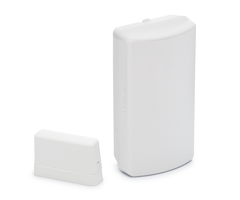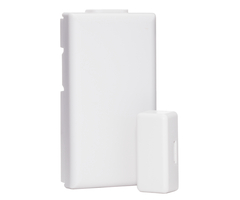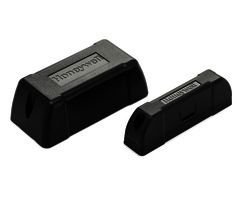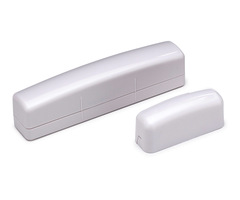What Is the Best Alarm Contact?
The best alarm contact depends on the needs of the user. Different door and window contacts serve different purposes. A user must decide whether they want a surface-mount or recessed contact and whether it should be wireless or hardwired. The contact must also be compatible with the panel.
When choosing a door and window contact, there are two primary questions to ask. These are whether the sensor should be surface-mount or recessed, and whether the sensor should be wireless or hardwired. Once the user has made these decisions, they can find a sensor that is compatible with their panel.
Most door and window contacts operate in a similar manner. These devices usually consist of a sensor and a magnet. The sensor is placed on or inside the frame of the door or window, while the magnet is placed on or inside the door or window itself. When the door or window is opened, the magnet will separate from the sensor. This will cause the internal reed switch inside the sensor to activate. This tells the sensor to send a signal to the security system, letting it know that the door or window is open.
When looking for a door or window contact, the user should first decide whether they want a surface-mount sensor or a recessed sensor. A surface-mount sensor and its magnet both rest on the outside of the door or window. These sensors and magnets can be installed using screws or with double-sided foam tape. This makes them very easy to install. However, some users will not like the fact that they are visible from the outside of the door or window.
A recessed sensor and its magnet are placed inside of holes that are drilled into the door or window and its frame. This makes the installation process more difficult since holes will need to be drilled. But a benefit of recessed sensors is that the sensor and magnet will not be visible from the outside of the door or window.
Next, a user must decide whether they want the sensor to be wireless or hardwired. Wireless sensors communicate with a panel wirelessly. This eliminates the need to run a wire from the sensor to the alarm system. A wireless sensor will need to have its battery replaced every 3 to 5 years. Also, to use a wireless sensor with a hardwired security system, a wireless receiver must be added. Some wireless door and window contacts, such as theHoneywell SiXMINICT and the Qolsys IQ DW MINI-S, feature built-in encryption that prevents the device from being taken over by hackers.
A hardwired sensor is connected to the panel directly. A wire must be run from the system to the sensor. This can make the installation process more challenging. However, a benefit of hardwired sensors is that they will never require any type of battery replacement. Hardwired sensors can also be used with wireless systems if a wired to wireless converter, such as a Honeywell 5800C2W or a Qolsys IQ Hardwire 16-S, is added.
Finally, the user must make sure that the sensor is compatible with the system that is being used. If the sensor is hardwired, the system must also be hardwired, or a compatible wired to wireless converter must be added. If the sensor is wireless, it must communicate at the same wireless frequency as the panel's receiver. Honeywell and 2GIG Panels communicate at a frequency of 345 MHz. Qolsys Panels communicate at a frequency of 319.5 MHz.
With all of this in mind, a user can determine the perfect door and window contact for their needs.
Did you find this answer useful?
We offer alarm monitoring as low as $10 / month
Click Here to Learn MoreRelated Products












Related Categories
- Door & Window Alarm Sensors
- Door Alarm Sensors
- Wired Door & Window Alarm Contacts
- Wired Door Alarm Sensors
- Honeywell SiX Door Sensors and Window Sensors
- Answered










